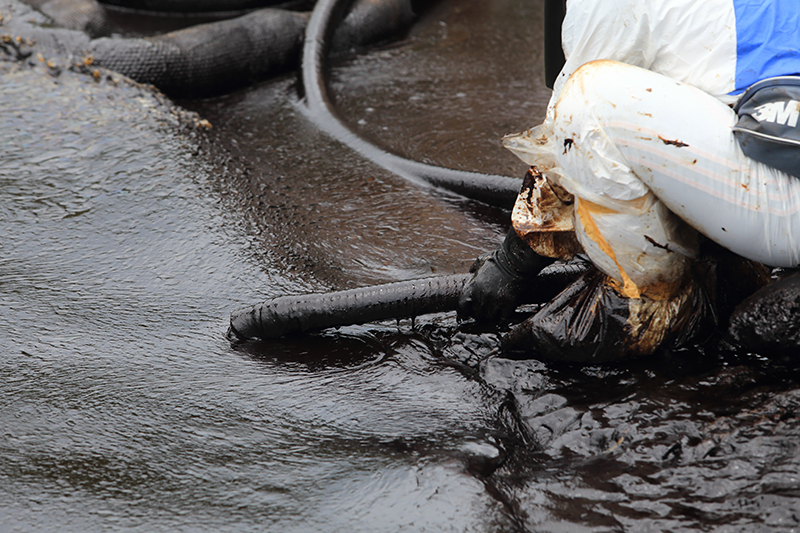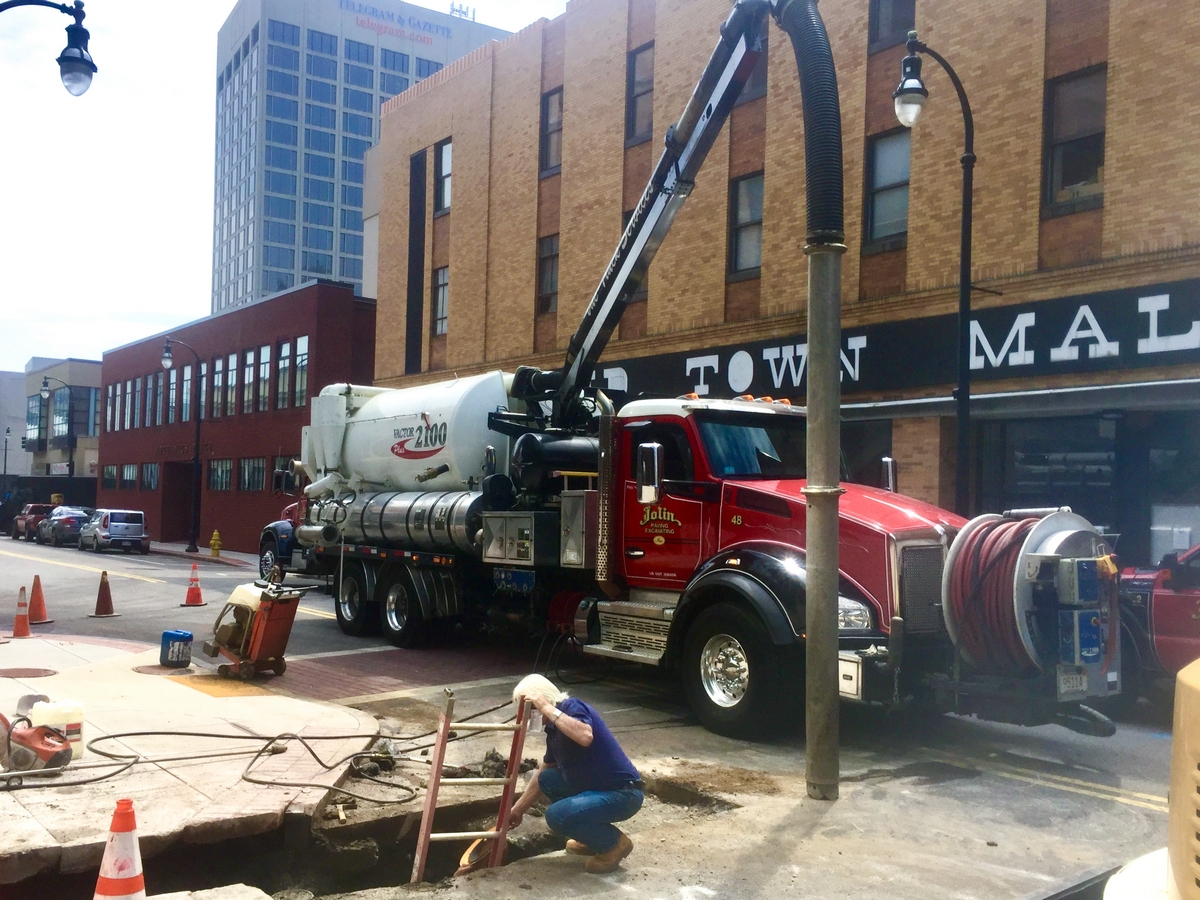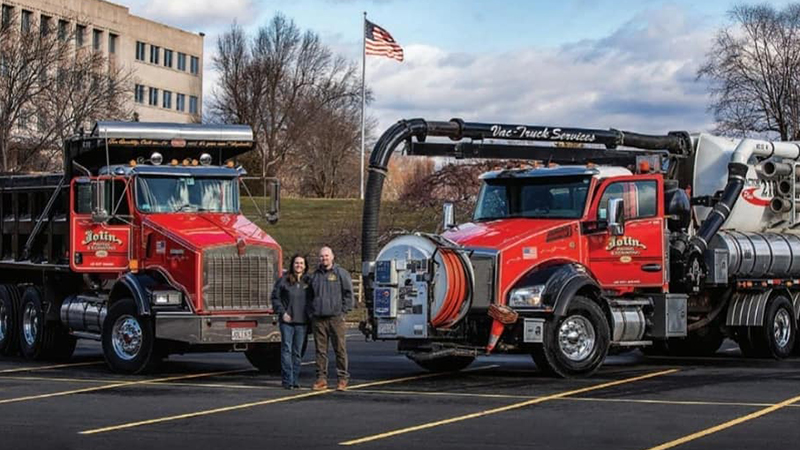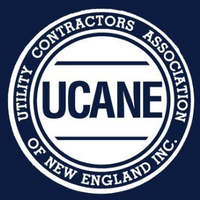
Did you know that one of the most common types of chemical spills in the workplace happens to be oil? This is due to the fact that it is used in everything from industrial machines and lifting equipment, to trucks and forklifts. Oil is considered a low toxicity chemical, however oil spills do pose a direct threat to the safety of your employees that are on duty at the time of the spill. That is why it is so important for you to be well prepared and have a solid plan in place. In essence, it will go a long way in ensuring the safety of everyone at your facility.
Oil spills in the workplace are dangerous because they vastly increase the chance of slip and fall accidents. In addition, oil is a highly flammable material that can easily catch on fire if there is a nearby source of heat or spark. Oil spills can also lead to the production of gases that are not only dangerous to breathe in, but can also easily catch on fire. Perhaps that is why the Occupational Safety and Health Administration, also known as OSHA, takes oil spills in the workplace so seriously. In fact, they state the following….
“Oil spill cleanup workers can face potential hazards from oil byproducts, dispersants, detergents and degreasers. Drowning, heat illness and falls also pose hazards, as can encounters with insects, snakes and other wild species native to the impacted areas.”
The scenario as described above is based on a larger oil spill. That being stated, organizations should follow different precautions for cleaning up large oil spills verses smaller ones. If the oil spill is significant, it is necessary to call in an environmental company that is an expert in removing the material and disposing of it in the proper manner. Typically speaking, the environmental company will utilize an industrial wet/dry vacuum truck that can easily handle the oil spill. These trucks have the capability of removing the oil spill quickly and efficiently.
They can even work from long distances. For example, the trucks contain long distance suction lines that provide the vacuum loader to reach remote, contoured, and even inaccessible locations as far as 300 feet away. The vacuum system even works for underwater applications. The first rule when cleaning up a large or small oil spill is to protect yourself and your employees. That means everyone needs to use extreme caution when walking near the source of the incident due to the fact it can be incredibly slippery.
Did you know that all it takes is a few drops of oil on a flat surface to send a person slipping and falling to the floor? That means your employees are at risk if severely injuring themselves, which of course can easily lead to costly workers compensation claims. If the spill is too small to call in a vacuum truck, cleanup crews should wear non-slip work boots or shoes that will provide them with plenty of traction when working around the oil spill. In addition, any and all rags or absorbent materials used to cleanup a small oil spill must be disposed of properly. That means they should be placed in a separate container and not simply tossed in a trash receptacle.
If you have any questions about oil spill cleanups, or would like to schedule service we are happy to help. Jolin Paving & Excavating, Inc. is your New England connection for a vast variety of environmentally related services. Our company has been serving Boston Massachusetts, Southern NH, VT & ME as well as Northern CT & RI since 1952. Please Contact us to learn more today.
continue reading






